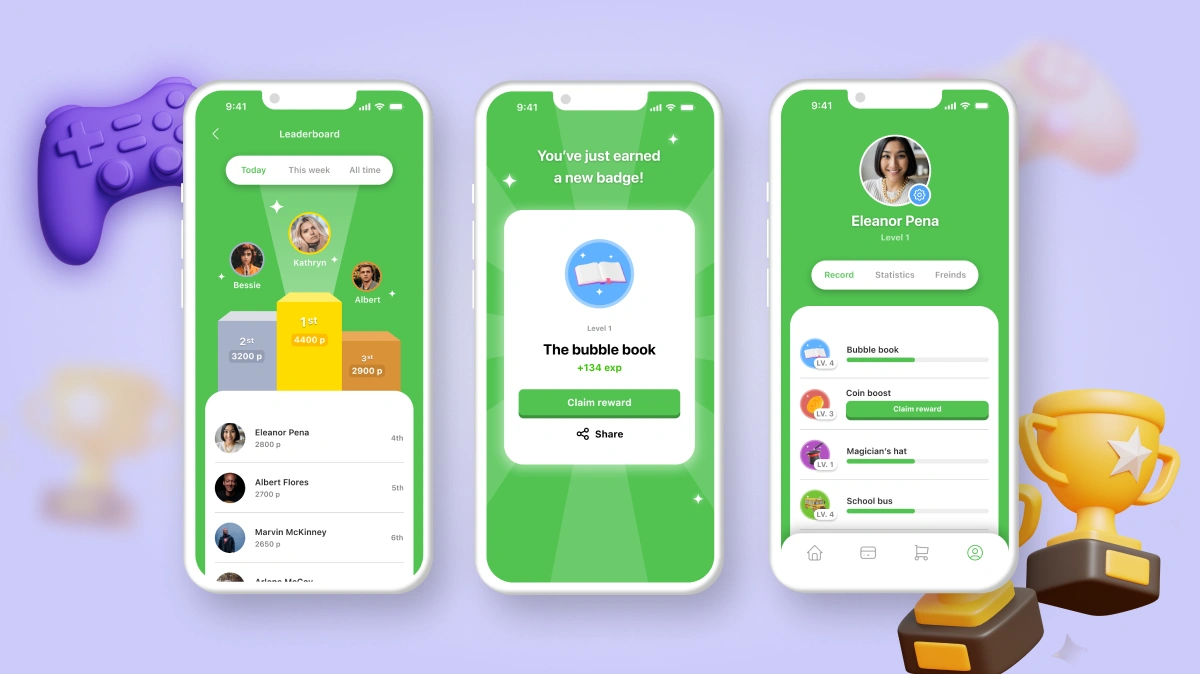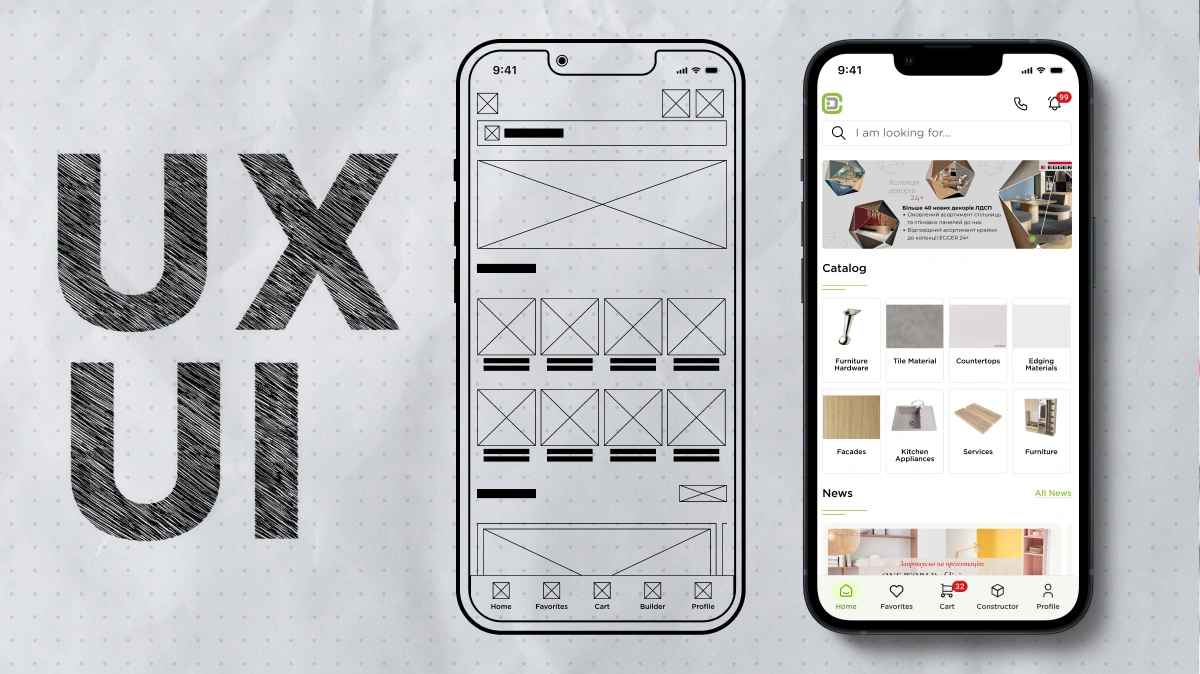
In 2025, UX optimization for mobile apps has become a critical factor in reducing user churn, enhancing engagement, and retaining customers. Rising competition in the digital space and high user expectations for convenience make user experience (UX) pivotal for the success of restaurants, stores, fitness centers, and small businesses. This article explores how UX optimization in mobile apps helps reduce user churn, boost customer loyalty, and increase sales, while optimizing for maximum organic traffic.
Why Is UX Optimization Crucial in 2025?
User experience (UX) determines whether users stay with your mobile app. Analysts report that in 2025, average user churn rates are 20–30% within the first 90 days, but optimized UX can reduce this by 40%. Mobile apps with superior UX offer:
- Intuitiveness: A clear and simple interface lowers user barriers.
- Speed: Optimized performance reduces wait times.
- Personalization: AI tailors content to user preferences.
- Loyalty: Convenient UX encourages regular use.
SEO Tip: Use keywords like "UX optimization", "mobile app", or "reduce churn" in App Store and Google Play descriptions to attract organic traffic.
1. What Is UX and Why Does It Impact Churn?
UX (User Experience) encompasses all aspects of a user’s interaction with a mobile app, from design to functionality. Poor UX, such as complex navigation or slow loading, leads to user churn. Optimized UX ensures ease and satisfaction in app usage.
Benefits of UX Optimization
- Simplicity: Intuitive navigation reduces frustration.
- Speed: Performance optimization cuts load times.
- Personalization: AI delivers relevant content.
- Accessibility: Adaptation for all devices and audiences.
How to Implement?
- Simplify navigation with clear menus and buttons.
- Test speed using tools like Google PageSpeed Insights.
- Integrate AI for personalized recommendations.
2. Reducing Churn Through Intuitive Design
An intuitive UX design reduces user churn by making mobile apps easy and enjoyable to use.
Benefits
- Ease of use: Users quickly find needed features.
- Minimalist design: Fewer elements reduce confusion.
- Consistency: Unified style builds trust.
How to Implement?
- Use Figma or Sketch to create UI/UX prototypes.
- Follow Material Design or Human Interface Guidelines.
- Conduct usability testing with real users.
3. Personalization to Retain Users
Personalization via AI and data analytics significantly reduces user churn by creating a tailored user experience.
Benefits
- Relevant content: Offers tailored to preferences.
- Push notifications: Reminders for promotions or abandoned carts.
- Emotional engagement: Personalized bonuses boost loyalty.
How to Implement?
- Integrate CRM systems like HubSpot for data collection.
- Use Firebase for personalized push notifications.
- Add recommendation systems powered by AI.
4. Optimizing App Performance
A fast and stable mobile app reduces user churn by ensuring a seamless UX.
Benefits
- Fast loading: Users stay engaged without delays.
- Stability: Fewer crashes build trust.
- Energy efficiency: Optimization reduces battery drain.
How to Implement?
- Optimize code with Flutter or React Native.
- Use CDN for faster content delivery.
- Test performance with Lighthouse or TestFlight.
5. SEO Optimization for Mobile Apps
SEO optimization boosts the visibility of mobile apps, attracting organic traffic and reducing user churn.
Benefits
- App store SEO: Higher rankings in App Store and Google Play.
- Content marketing: Blogs about UX attract audiences.
- Social media: Sharing on Instagram or TikTok increases popularity.
How to Implement?
- Use Google Keyword Planner to select keywords.
- Create SEO-optimized descriptions with phrases like "user-friendly app".
- Add Google My Business for local search, e.g., "fitness app".
UX Trends in 2025
- Artificial intelligence: AI for adaptive UX and recommendations.
- Augmented reality: AR for interactive experiences, like menu previews.
- Voice interfaces: 38% of users use voice commands.
- Security: Biometric authentication for data protection.
Tips for UX Optimization
- Define goals: Understand how UX reduces churn for your restaurant or store.
- Create simple designs: Use intuitive navigation.
- Use cross-platform tools: Flutter or React Native.
- Test UX: Conduct usability testing across devices.
- App store SEO: Use keywords like "optimized UX".
UX optimization in mobile apps in 2025 is critical for reducing user churn, enhancing engagement, and building loyalty. Through intuitive design, personalization, fast performance, and SEO optimization, your business can retain users and boost rankings in App Store and Google Play. Invest in UX to ensure your mobile app thrives in the digital world.



